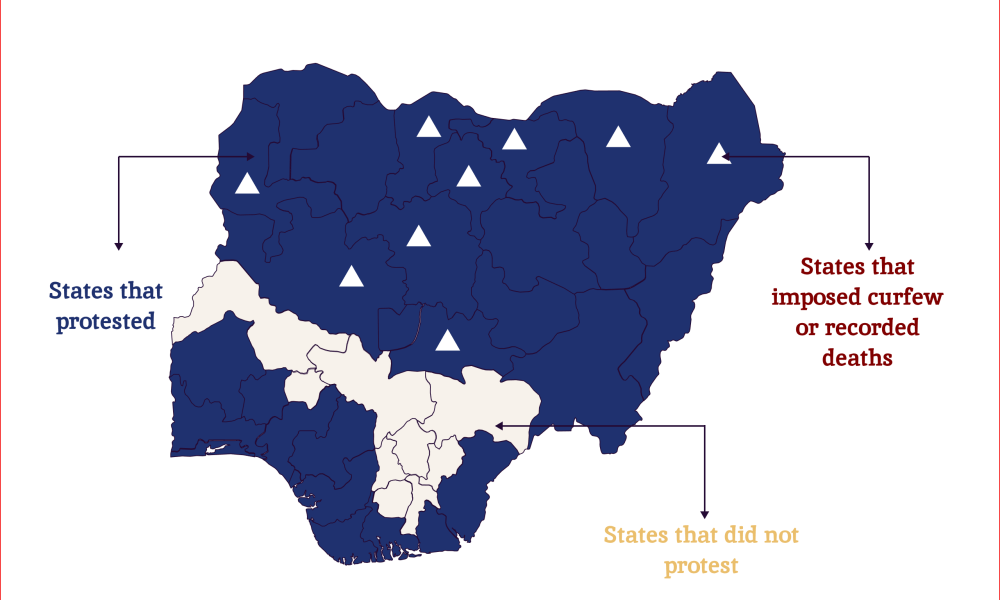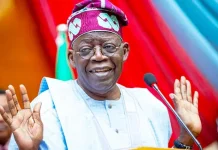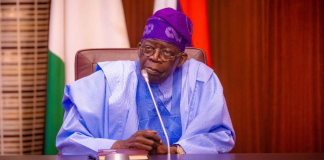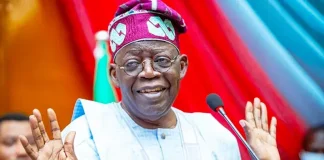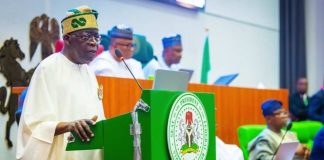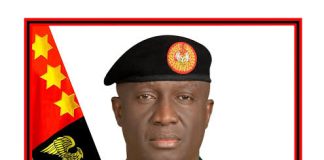🌿 Ruzu Non-Alcoholic Herbal Bitters
Ruzu Non-Alcoholic Herbal Bitters is a natural health supplement specially formulated to:
- ✅ Promote general wellness
- ✅ Detoxify the body
- ✅ Support the treatment of various ailments
Made from a powerful blend of 100% organic and medicinal herbs, Ruzu is completely alcohol-free, making it ideal for:
- 👪 All age groups
- 🌱 Health-conscious individuals
- 🌿 Anyone seeking non-alcoholic herbal remedies
Whether you're looking to boost your vitality, cleanse your system, or support healing the natural way, Ruzu Bitters offers a trusted herbal solution.
On August 1st, Nigerians took to the streets to protest against the current administration, headed by President Bola Tinubu, over the unending uptight economy that has increased the standard of living for average and poor Nigerians.
The protest, tagged #EndBadGoveranace, was scheduled to last for 1o days with protesters making various demands including the reversal of the removal of subsidies, removal of corrupt officials, and cutting the cost of governance among other requests that are essentially tied to the government and socioeconomic policies initiated by this administration.
This is not the first time a protest has been held under this administration to question government policies. However, unlike other previous protests, which were championed by the Nigerian Labour Congress and other union bodies, the #EndBadGoveranace was reported to have no leader. The protest intended to mirror the #End SARS protest which happened in October 2020 under the former president Muhammadu Buhari, to call for the disbandment of a faction of the Nigerian Police Force.
Data showed that the protest spread across more than 25 states, including the Federal Capital Territory, with youths seen carrying placards of various inscriptions and chanting solidarity songs.
In some states where the protests were held, the outcome became violent with multiple reports about looting, killings and imposition of curfew by the state government and security operatives to manage the protesters. Meanwhile, other states reported that protesters were tear-gassed by security agents as well.
According to data gathered, no fewer than six states in the northern region declared a curfew while at least six states reported cases of death. States like Kastina, Jigawa and Borno imposed curfew and recorded deaths cases.
The agitations expressed during the protests were not unconnected to lingering economic crises the country has been facing. Nigeria’s economy, over the last few months has struggled with policies which, according to the protesters, have stiffened the survival of an average Nigerian.
Ripple Metrics looks into some economic data that might have triggered Nigerians to protest against the administration.
What data says
A Nigeria Corruption Survey by the United Nations and the National Bureau of Statistics revealed that corruption, among other challenges, continues to rank among the most important problems affecting Nigerians.
READ ALSO:RipplesMetrics: The economic reality of Nigeria’s N70,000 new minimum wage
According to the survey, the top 10 problematic issues facing Nigeria are the high cost of living (22.6%), crime/insecurity (19.0%), unemployment (13.0%), corruption (10.9%), healthcare (10.8%), housing (5.6%), political instability (5.1%), infrastructure (4.2%), education (3.2%) and religious conflict (2.4%).
On the economic front, Nigeria’s inflation rate has climbed to 34.19 per cent which is far higher than 22 per cent as of when the president assumed office. The inflation rate is higher than the reported rate in more than two decades as far back as 1996. Nigeria also struggles with devaluation of naira at the exchange rate market which has placed the naira to dollar exchange over N1500 to $1. The reflection of this is shown in the minimum wage, although recently increased to N70,000, RipplesMetrics reported that it is lower than the dollar equivalent of the minimum wage between 2000 and 2018.
On insecurity, findings by RipplesMetrics showed that between June 2023 and June 2024, over 10,000 people were killed in various insecurity crises that rocked the country, according to extracted data from the Armed Conflict Location and Event Data (ACLED). In the first six months of 2024, a total number of of 5,124 people were killed.
Other lingering challenges include the high budgeting and increased cost of governance without priority to social needs like health, education and agriculture as well as the recurring fuel scarcity within the country despite trillions of naira budgeted for subsidies in decades.
Although Tinubu addressed the protesters on the fourth day of the protest, dolling out various palliative schemes, including a controversial N570 billion to state governments, many Nigerians believe that the government did not directly speak to the demands of the aggrieved protesters, and this might stir up another protest in the nearest future, assuming the palliative scheme are not effective.
The post RipplesMetrics… #EndBadGoveranace: The staggering data that triggered Nigeria’s protest appeared first on Latest Nigeria News | Top Stories from Naomisophyblog.

